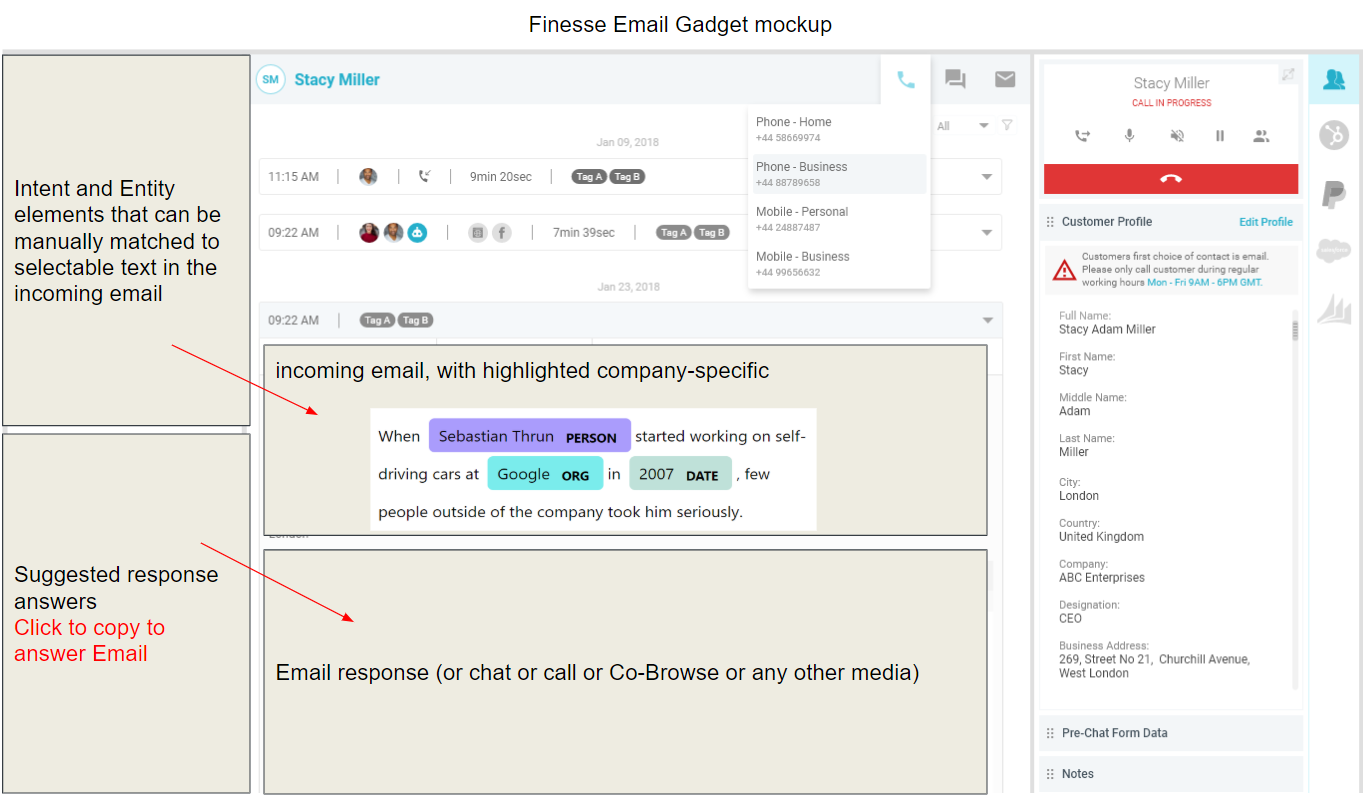

The initial spread starts with a malicious shell script that’s run on a victim machine. Malicious actors can perform RCE by exploiting misconfiguration issues, abusing unpatched vulnerabilities, and taking advantage of security flaws such as weak or reused passwords and keys, or leaked credentials. It’s important to note that the attackers must first be able to perform remote code execution (RCE) on the initial target machine in order to successfully wage this attack on a system. The IRC bot is called TNTbotinger and is capable of distributed denial of service (DDoS).

Here we discuss TeamTNT’s latest attack, which involves the use of the group’s own IRC (Internet Relay Chat) bot. Over time, we observed how TeamTNT expanded the functionality of its attacks, which has come to include the stealing of Amazon Web Services (AWS) secure shell (SSH) credentials and a self-replicating behavior for propagation. Earlier this year, we saw how the cybercrime group TeamTNT attacked exposed Docker APIs using the XMRig cryptocurrency miner.


 0 kommentar(er)
0 kommentar(er)
